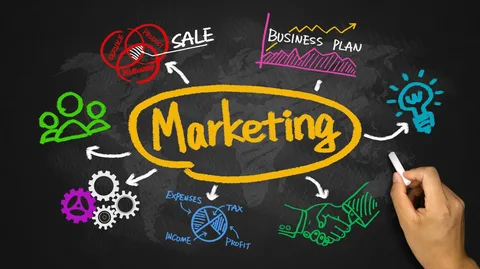Different businesses have different marketing strategies they deem perfect for their brands. Some prefer to go the traditional outbound way, while others swear by inbound marketing. What fits one business might not suit another, hence the difference in preferences.
In a recent study on over 10,000 B2B marketers, the preferential results were mindblowing. It turned out that 75% of marketers see inbound marketing as effective and rarely concentrate on outbound marketing.
“B2B organizations’ marketing budgets are expanding yearly and shifting in favor of inbound marketing. A well-designed marketing strategy will turn prospects into buyers even before directly interacting with them, as evidenced by the statistic that 65% of buyers enter the sales funnel via referral,” argues the marketing director for Gitnux. (bmisurplus.com)
Outbound vs. Inbound Marketing
In an effort to generate sales, outbound marketing distributes information to a sizable number of people. This tactic is based on the idea that the more people you touch, the bigger the response you’ll get.
Traditional forms of advertising like TV, newspapers, radio, billboards, cold calling, and direct mail are frequently linked to outbound marketing. This method, nevertheless, can also be used with more recent technologies, such as pay-per-click marketing and spam emails.
Often, the promoted product is not even known about or sought by consumers. Potential customers may be watching TV or browsing a website when they are suddenly startled by an advertisement outlining the benefits of a particular product. A recent post by City Gold Media suggests that concurrently using outbound and inbound marketing tactics can improve ROI.
Inbound marketing, on the other hand, uses modern techniques to reach prospects. It is intended to induce buyer interest and involvement instead of jamming advertisements and details down their throats. (Househummus.com) This is where pull marketing came from. Additionally, content marketing is also used to refer to inbound marketing.
To connect and pique the attention of potential customers, inbound marketing makes substantial use of a content types such as article blogs and social media engagement. Search Engine Optimization is another very effective inbound marketing technique.
Inbound marketing aims to increasingly raise brand knowledge, augment user engagement, and guide potential customers into conversion and retention by presenting to them relevant material and brand interactions once ready.
When inbound marketing is conducted appropriately, it can result in more than 120% ROI. Most B2Bs prefer to outsource inbound marketing services, as it brings a different perspective.





